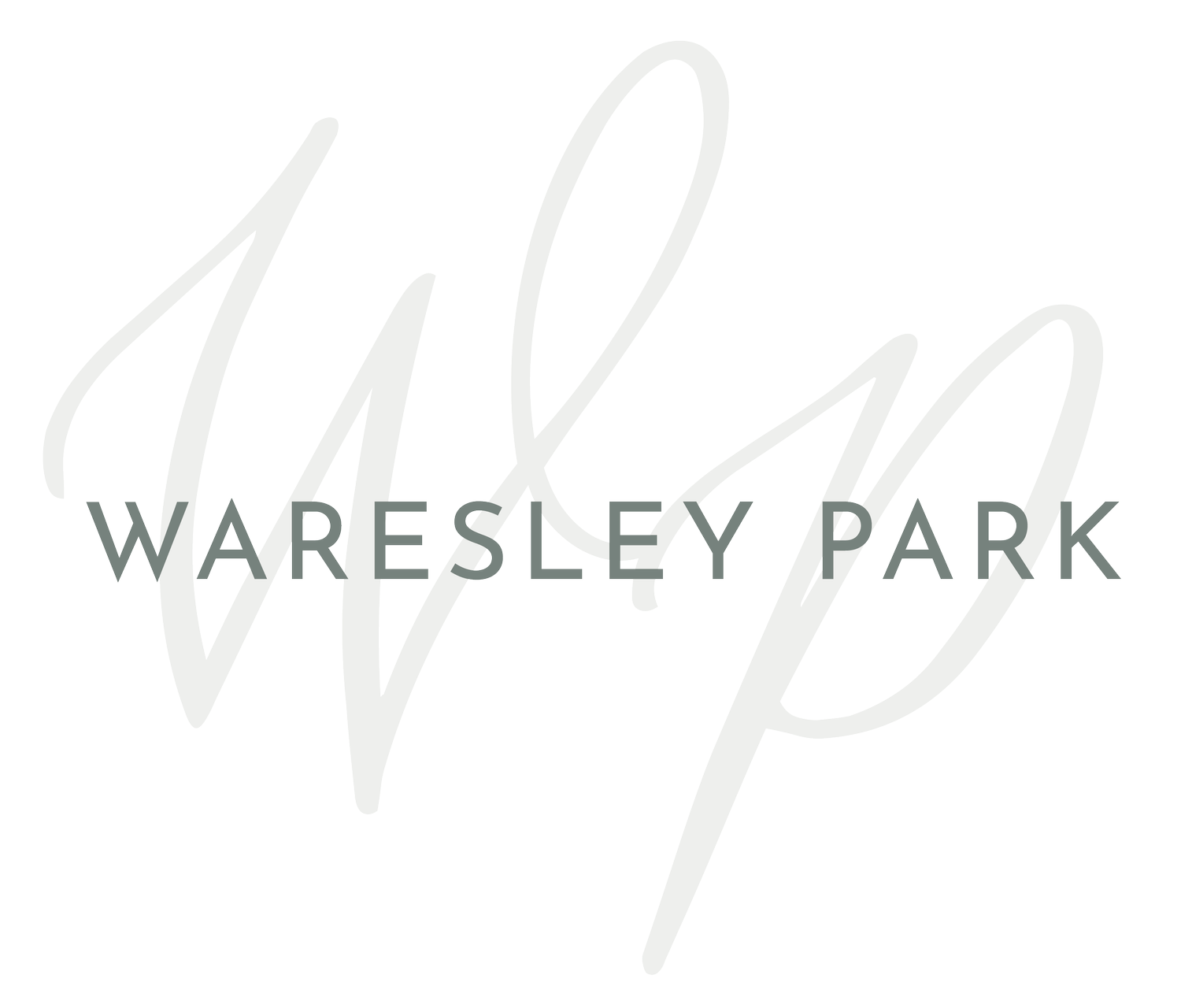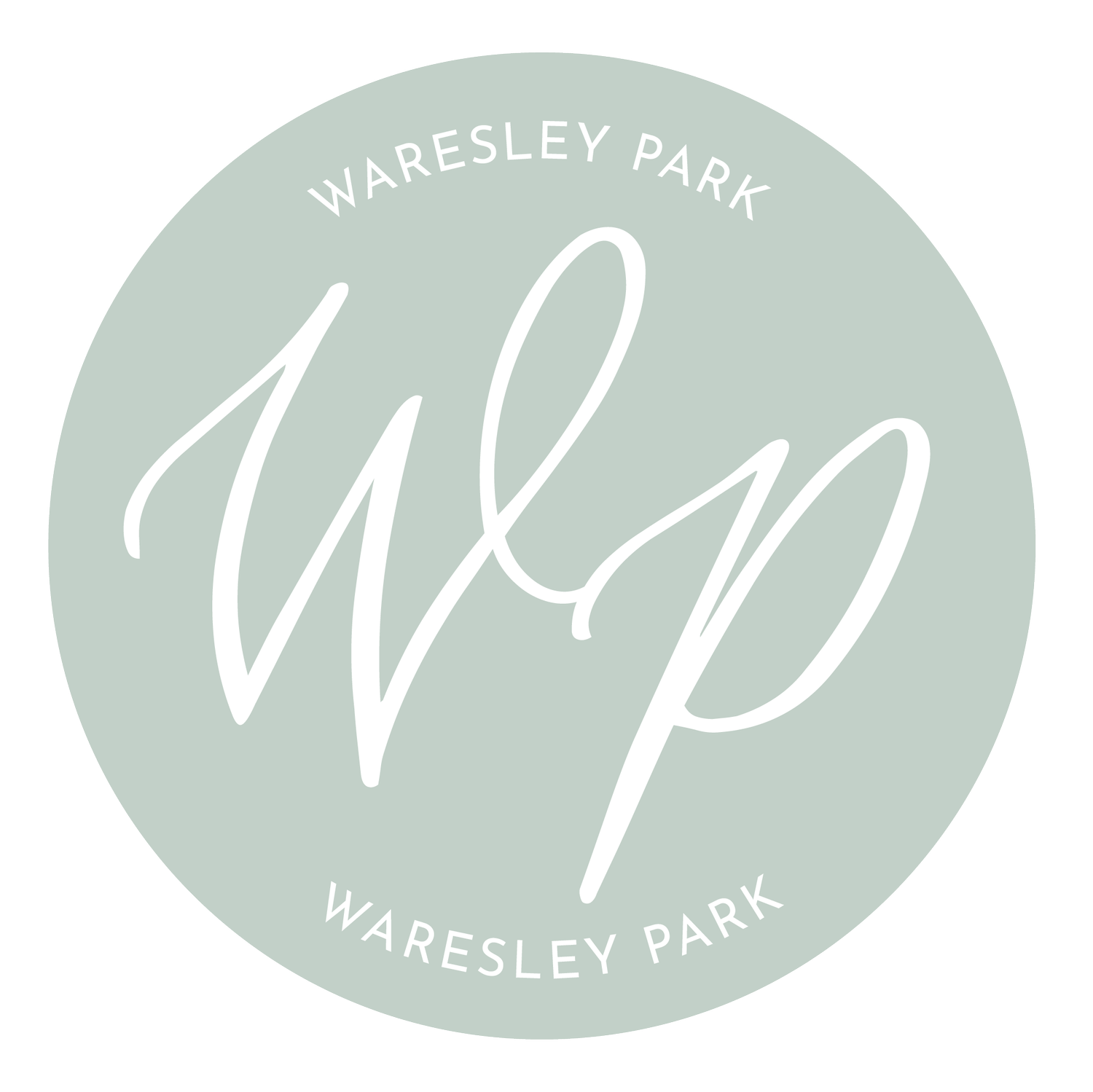How to Choose a Colour Palette for Your Wedding or Event
You manage to pick out complementary colours all the time in day-to-day life, but there is something about picking out the colour palette for your wedding or event that can feel slightly overwhelming for so many. The colours you choose play a huge part in helping to shape the overall design of the day and any decisions made seem so final. You’ve got to try and pick colours that not only work with your venue and season, but also complement each other. Luckily the team of stylists at Hall & Co. Event Design are on hand to share their top tips when picking your colour palette!
Prop hire and styling by Hall & Co. Event Design.
Choose colours you love
This one might sound obvious but when choosing a colour palette, you should choose colours that you love. Think about what colours you love wearing, how you’ve decorated your own home and colours you remember from your childhood. Thinking about the colours that you are naturally drawn to can be a great starting place if you are struggling for ideas, and will also make the process of picking things out along the way much easier!
The rule of 4
When picking a colour palette, we recommend choosing four main colours. The first will be the primary base colour of your design, this will appear throughout the design concept and take centre stage for a lot of the design. It should be a colour you love and not too overpowering. Next is a secondary base colour, this needs to work alongside your main base colour and perhaps be a slightly softer tone, think of this colour as the wingman to your primary base colour. You then need to choose one accent colour; this should be slightly different and perhaps a bit bolder than the other two colours picked so far but compliment them. Finally, you need to choose one contrasting colour for that all-important pop, this colour won’t make up a huge proportion of the overall design but will help to give styling interest and avoid designs that may feel flat or boring.
Example of a colour palette from Digital Synopsis. If you were designing a colour palette the stone and pale orange could work as the two main colours, the peach as the accent and the navy as the contrasting colour.
Don’t start shopping too soon!
Try to avoid buying or choosing lots of items before picking a clear colour palette. Although the first thing you may want to do is get things booked up and bought, try and take your time to ensure you’re handpicking items which will work with your colour palette and overall design concept. You will change your mind throughout the process and in all likelihood be planning the event over the space of months or even years, so to avoid any costly changes of heart try and have a clear concept before you commit to buying anything.
Be specific when thinking about colour
Be specific with colour and think about shades and tones instead of just colour itself. Try to avoid picking something because it’s ‘pink’ or ‘green’, there is a huge difference between blush and magenta or sage and lime green! Think about what tones you are working with and how these will all look together. We would always recommend trying to consistently use similar and complementary tones.
Hall & Co. Event Design’s Dudley armchair looks striking with a pop of mustard. All props pictured can be found on the Hall & Co. Prop shop, florals by Hall & Co. Event Design, and image by Ayelle Photography.
The setting or venue
When choosing a colour palette take into account the colours which are already at the venue, these could include the floor and wall colours, which may be hard to cover or hide if they don’t work with your palette. Try and also think about what the lighting (both natural and artificial) is like and how this will affect the colours you want to choose.
The style of the wedding or event
The style you’re trying to create for the event will also help suggest which colours might work when picking a colour palette.
Hall & Co. Event Design’s Rose Chaise styled with fresh florals in a complimentary palette. Floristry and styling by Hall & Co. Event Design, image by Ayelle Photography.
Be bold
Don’t be afraid to be bold and use a slightly brighter or bolder colour in your designs! This can often make the perfect contrasting colour, and if used well, can make the different elements of your day stand out for all the right reasons.
Beautiful bright florals by Constance Rose at Holkham Hall, captured by Tatum Reid. Tableware by CMA Hire, styled by Hall & Co Event Design.
Still a little unsure on choosing a colour palette for you event? Why not talk to our recommended stylist, Hall & Co. Event Design, who will be delighted to help.
Image by Caitlin & Jones, catering and styling by Hall & Co. Event Design







